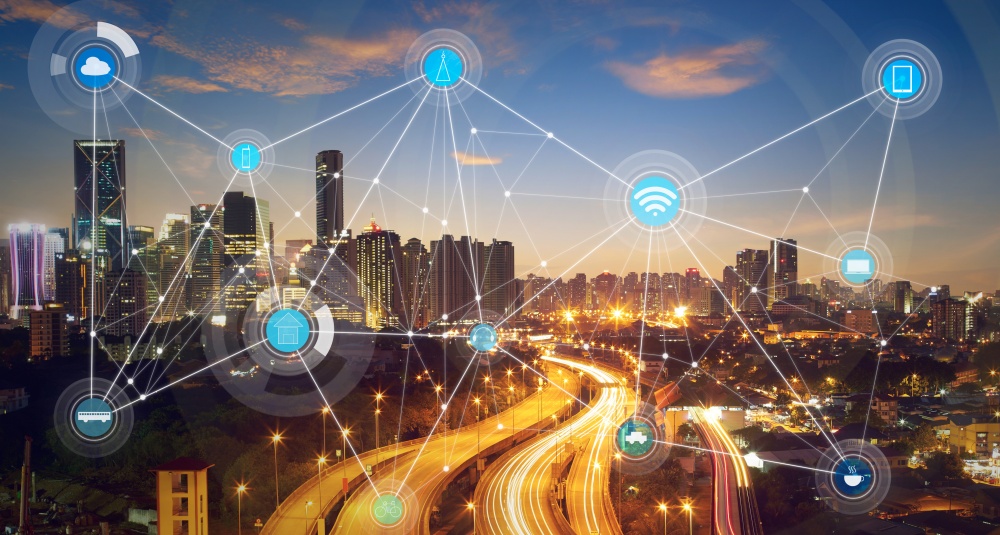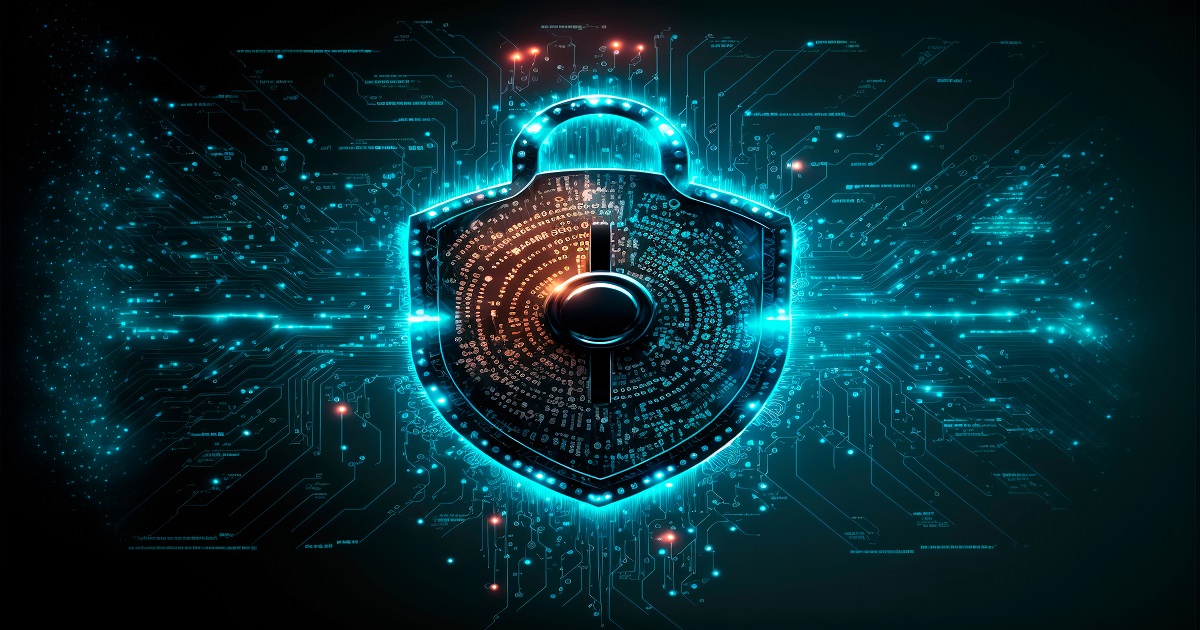
At the Intersection of Local, Low Power, Low Cost and High Impact IoT and IIoT: Bruce Chatterley Leads Senet to Innovate the Future
Following a successful career in the telecommunications and advanced technology domains, Bruce Chatterley joined Senet to provide a growth strategy and leadership to a company that continues to set the standard for how Low Power Wide Area IoT networks are deployed and managed.
Having led market disruptions in fast-growing sectors such as virtualized telecom, cloud computing, managed hosting and mobility at public and private companies, Chatterley brings domain experience and an enterprising energy to IoT projects with a focus on achieving mass scale.
Chatterley joined Senet in June 2017, moving from a previous assignment at COLT in the UK. In making the move, he was inspired by the progress at Senet, the first provider of public low-power, wide-area networks (LPWANs) in North America. LPWANs enable IoT devices to connect over long ranges (approximately 15 miles) while conserving battery power leading to a battery life of approximately ten years.
For applications that require low cost, low power, and long range, Senet’s secure carrier-grade network has advantages over cellular, Wi-Fi, and other emerging connectivity technologies for the IoT market, according to the company.
As part of our ongoing series featuring the world’s top IOT Innovators, we posed a few questions to Chatterley to share with IOT Evolution World’s leaders.
What drew you to IoT?
I have always been intrigued by the opportunities presented by making the physical world digital through the instrumentation of everyday objects. In practice, this concept gives us a chance to disrupt existing business models and entire industries, especially those that have not traditionally been technically oriented.
Also, IoT represents a chance to make a real difference in the world, in addition to helping businesses improve their profitability, operational efficiency, and customer service. We have many examples of IoT delivering improvements in the environment, public safety, human and animal health, and in the creation of new jobs. All these elements add up to a tremendous and diverse business experience and the most important thing – a lot of fun.
When were you first introduced to IoT?
It’s difficult to remember when I was first introduced to IoT, since it has been around in various forms for a long time. I always knew IoT as this technology that had promise but, for a variety of reasons, never delivered on expectations. Fast forward to today when, because of advances and standardization of wireless technology and development of the cloud, IoT is experiencing explosive growth. To me, the growth potential of IoT is being driven by instrumenting everyday mundane activities.
For example, Senet was originally founded to automate the propane distribution industry. We put sensors on the big white tanks next to houses and business, and created a LoRaWAN network to communicate with these sensors. We built a cloud-based network and device management system, and an application that tells fuel distributors when to dispatch a truck to fill up the tanks. As a result, we transformed a traditionally non-technical industry. Distributors were able to reduce the number of trucks in their fleets (which also benefits the environment), dramatically improve profitability per delivery, and improve customer service by giving customers access (via web and Smartphone) to data about their tanks. When I was exposed to this application, I immediately saw the potential to take this solution approach and apply it to other use cases around the world.
What was your first IoT project?
IoT tends to be a project-oriented business when it comes to deploying solutions and, in that sense, the tank monitoring example was the first project with which I was involved. However, the Internet of Things is made up of an ecosystem of participants, including sensor-enabled device manufacturers, gateway manufacturers, network operators and application providers. For IoT to reach its potential, new service delivery and engagement models across the ecosystem are needed.
To address this challenge and help facilitate market growth, I began executing on a vision of delivering ubiquitous global IoT network connectivity through a cooperative model we call the Senet Low Power Wide Area Virtual Network or LVN. The LVN connects network operator, application provider and Radio Access Network (RAN) provider networks, delivering pervasive and unified connectivity without the need for roaming contracts. Innovative business models allow participation at various levels and participants benefit from revenue sharing based on the role they play in the larger network ecosystem.
Today, the LVN is the fastest growing global LoRaWAN network, with coverage and connectivity readiness in more than 80 countries and active deployments and designs in nearly 100 cities in the US alone.
What are you doing/working on today?
Senet is now a developer of cloud-based software and services for the rapid deployment of IoT networks and connectivity where it’s needed, when it’s needed and at the right cost. We provide this capability to operators (i.e., cable MSOs, wireless, wireline), application providers, and systems integrators to facilitate the deployment at scale and management of their customers’ IoT solutions. In addition, we own and operate the largest and fastest growing LoRaWAN network in North America.
As a result of this focus, we are working on many different projects around the world, including smart city applications, utility metering, public health, public safety, industrial automation, and environmental monitoring applications. This has created explosive growth in both our business and in network availability. Senet is currently working on deploying LoRaWAN IoT networks in almost 100 cities in the US with millions of potential connected devices.
What are your predictions for IoT?
IoT as a technology will continue its explosive growth. What will drive future volume and value creation will be the instrumentation of the mundane everyday physical objects and activities. Business operations and activities will be “IoT-enabled” without people realizing that the technology is in operation. It will just become part of our everyday lives. As a result, the world will end up being powered by IoT-enabled data. Over time, the concept of IoT will merge with cloud and edge computing and we will just think of these projects as applications vs. IoT.
Where do you see the most value created?
There are many elements required to create an end-to-end IoT application. As such, if any one of these elements is missing or poorly executed, the entire solution will fail. Because of this, participants in the IoT ecosystem are specializing more and more. The technology required to execute an IoT solution ranges from devices/hardware, networking/connectivity, operational management, cloud computing, application development, security, and field installation/execution.
In the end, value is created by solving a stated or latent end customer problem. Below that, there is significant value available for companies that can deliver a great product for the technology element of the solutions they are targeting. In addition to participants in the individual technology segments, there is a growing opportunity for systems integrators in ensuring the customer need is well understood and in helping to manage the construction and integration of end-to-end customer solutions.
In Part 2 of this series with Bruce Chatterley, he discusses some of the most inspiring live uses cases of IoT solutions, as well as how the IoT industry can sustain the momentum it has built. Read Part 2 here.
IoT Evolution Expo, taking place February 11-14, 2020 in Ft. Lauderdale, will feature four days of content focusing on the value of IoT and how all parts of the IoT ecosystem can benefit and drive the market forward. Part of the TechSuperShow, IoT Evolution features collocated events the Industrial IoT Conference, the Smart City Event, and the Intelligent Edge Expo, collectively offering a comprehensive experience for anyone looking to learn how IoT is creating new opportunities.
Arti Loftus is an experienced Information Technology specialist with a demonstrated history of working in the research, writing, and editing industry with many published articles under her belt.
Edited by Erik Linask





